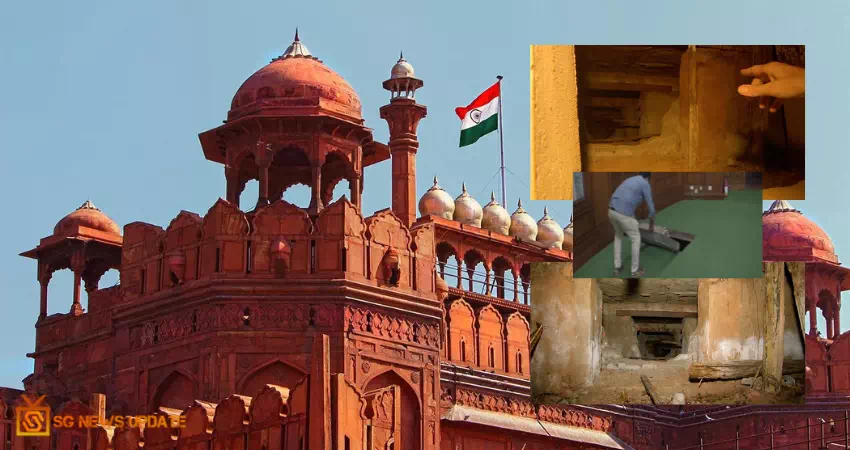
An Indian politician on Thursday guaranteed that a mysterious tunnel like structure from the British colonial time in the heart of country's capital might have been utilized to move political detainees.
Delhi Assembly speaker Ram Niwas Goel said that the passage joined two noticeable landmarks in India, and he proposed it might have been utilized by the British rulers to move caught freedom fighters to stay away from reprisal from Indian officers taking on the memorable freedom fight.
The tunnel joins India's famous Red Fort, which housed Mughal rulers in seventeenth century, with Delhi's legislative assembly, which was transformed into a court in 1926. Both the landmarks – Red Fort and Delhi Legislative Assembly – situated in north east Delhi and north Delhi individually, functioned in as central issues during the British colonial rule.
Mr Goel told the Assembly: "When I turned into a MLA in 1993, there was gossip about a passage present here that goes until Red Fort, and I attempted to look for its history. However, there was no clarity over it." Nonetheless, Mr Goel said they have been compelled to end the investigation because of development and groundwork projects hindering the way. "Presently we have the mouth of the passage, however we are not digging it further as every one of the ways of the passage have been demolished because of metro ventures and sewer connections," he said.
He clarified that the Delhi Legislative Assembly was utilized as India's Legislative Hall when the nation was administered by the British from the nineteenth to the mid-twentieth century. The Assembly was transformed into a court in 1926, 21 years before Independence, and Mr Goel told the Delhi Assembly of his conviction that it was utilized to move political detainees that were battling for India's independence from the colonial rulers.
Arvind Kejriwal's Delhi state administration is currently intending to utilize the room found under the capital's assembly for paying tribute for individuals who helped in the country's Independence fight.
Mr Goal said: "We as a whole thought about the presence of a gallows room here however never opened it. Presently it was the 75th year of freedom and I chose to examine that room. We expect to change that room into a memorial of freedom fighters as an accolade for them." The site will likewise be available to travelers by the following year, Mr Goel said, affirming that work has now started on this. "This spot has an exceptionally rich history with regards to the freedom battle. We expect to remodel it such that travelers and guests can get an impression of our history," Mr Goel said.
English rulers left India in 1947 in the wake of governing the country for just about a century. A few rebellions ejected across India in nineteenth and twentieth century, reinforcing towards 1920s when Mahatma Gandhi, alongside a few Indian National Congress contenders, battled to end British rule and demanded autonomy in scores of mass developments. India celebrates 15 August 1947 as its Independence Day.
Coming Soon...!
Comments (0)